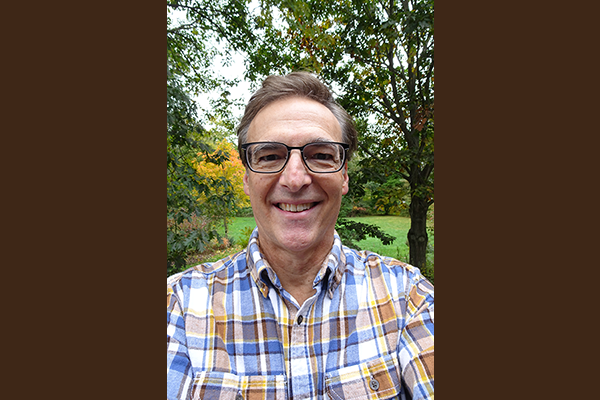
Speaker: David Hacker - Kent State University
Seminar Title: Catastrophic Gravity Sliding of Volcanic Fields: Insights From the Cenozoic Marysvale Volcanic Field Slide Complex, Southwest Utah
Abstract: Slope instabilities of large volcanic landforms, notably volcanoes, can produce dramatic collapse events involving the sudden release of large rock masses, producing landslides that rank among the largest and most devastating natural hazards on Earth. Among different varieties of landslides, the flow types, such as debris flows and debris/rock avalanches, can be very dangerous due to their rapid velocities and long- runout distances from their source volcanoes. Yet, even larger slides involving mega-scale collapse of portions of volcanic fields is now being recognized where slide masses cover thousands of km2. These stunning gravity slide structures are so large that they are mistaken for tectonic features produced over longer time periods, often millions of years, and thus gigantic catastrophic gravity slides are poorly understood. Our continued work in the Cenozoic Marysvale volcanic field has documented at least three separate gravity slide events resulting from the southward collapse of the field. Slide masses form an overlapping contiguous complex covering an area >8,000 km2, with the largest slide (Markagunt gravity slide) being >3,500 km2. These newly discovered mega-slides (some of the largest on Earth) represent a new class of low-frequency, but high-impact natural hazard associated with volcanic field development. How to recognize these structures, along with understanding the process of initiation and mechanism of catastrophic emplacement could have important implications on risk assessment of similar modern volcanic fields.
Host: Ashley Griffith
